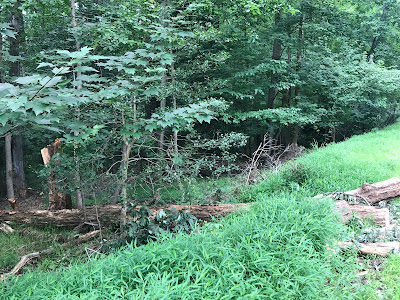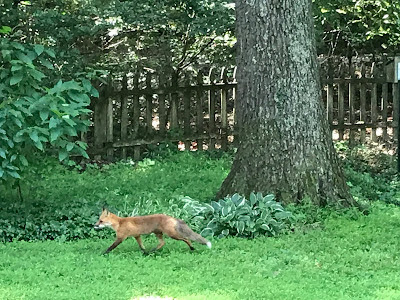Peep Peep!
This photo may feature baby chicks, but the peeps I’m thinking about come from small frogs, spring peepers.
The racket comes from males trying to attract females (which accounts for much of the racket in the animal world this time of year), and it can grow quite loud along a path I walk that edges a wetland.
I was glad to hear it yesterday, though. I’d been listening for spring peepers since I arrived home but had missed the distinctive, high-pitched sound.
Now the little critters have spoken: spring is here to stay.











